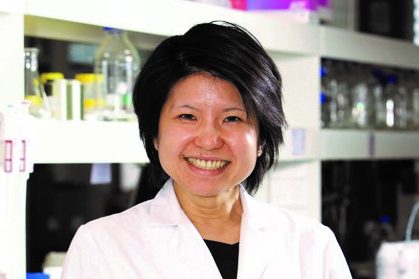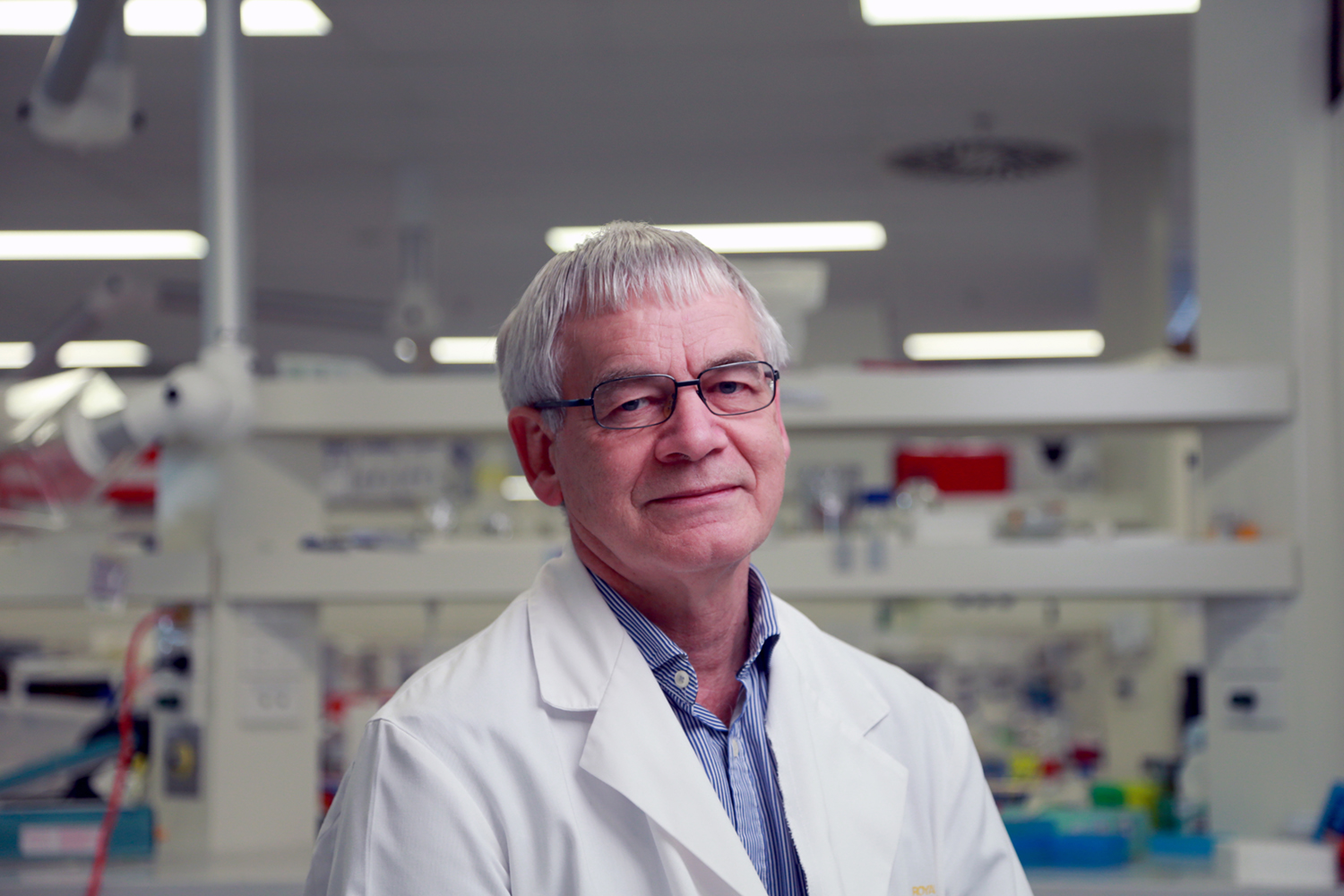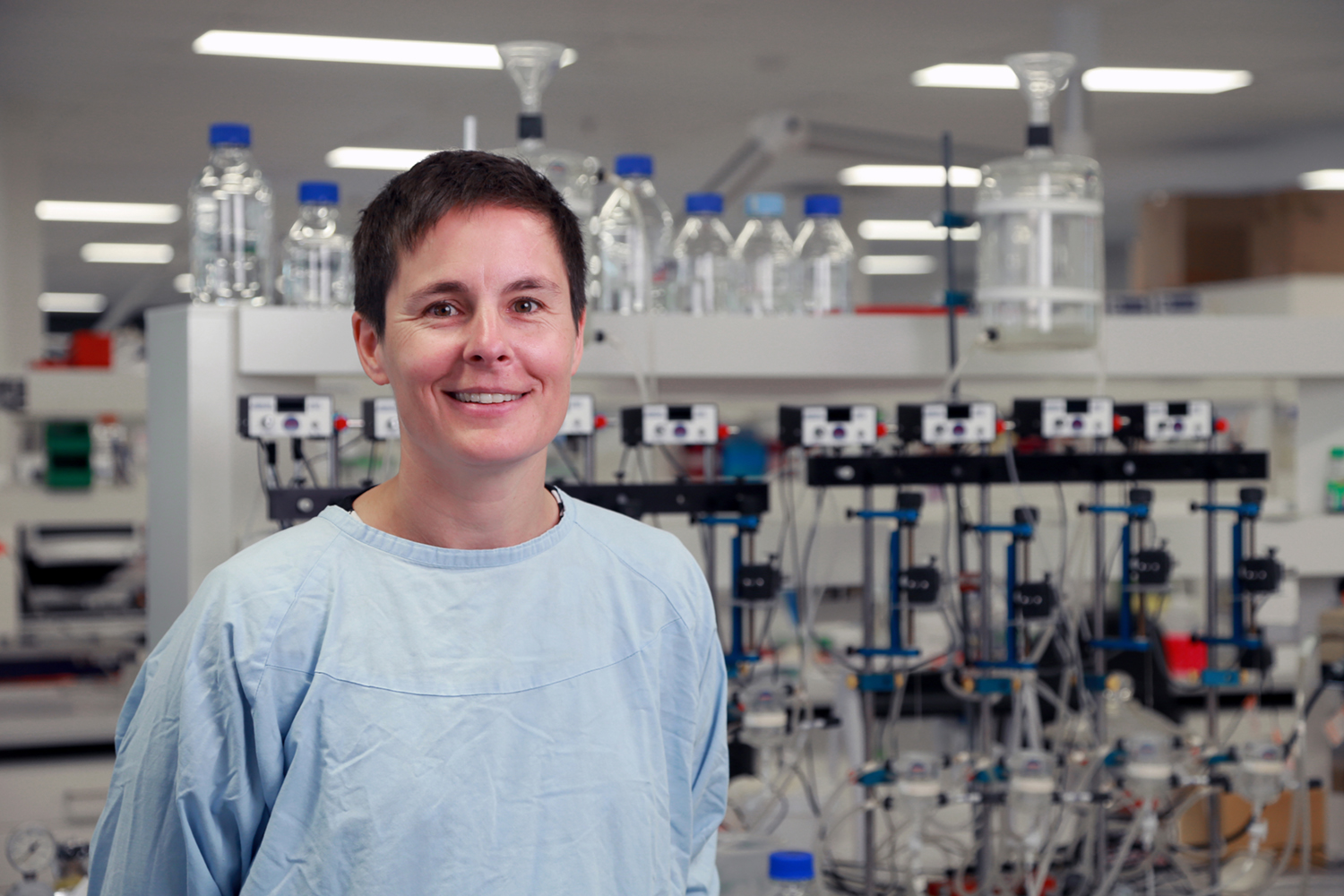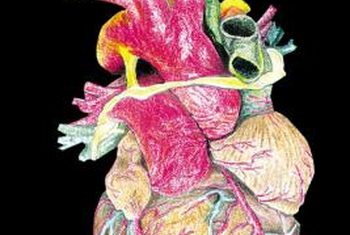Research Projects

The Triggered Acute Risk Prevention Study
Principal Investigator: Prof Geoffrey Tofler
Co-Investigators: Dr Thomas Buckley, Monica Spinaze, Dr Elizabeth Shaw, Prof. Andrew Tonkin, A/Prof Christopher Ward
The Triggered Acute Risk Prevention (TARP) Study represents a new approach to reducing the risk of heart attack. The aim of Prof Tofler’s study is to see whether people with risk factors for heart disease or known with heart disease can identify stressful activities of daily life and take standard medication at this time to lower their risk of heart attack.
Dr Tofler and his team of investigators aim to compare this approach to ‘control subjects’ who do not pre-emptively take the medication. The activities they will evaluate are heavy physical exertion, acute emotional stress: anger and anxiety, heavy meal consumption and respiratory infection, which have all been linked to an increased risk of heart attack. Providing protection during these stressful events has not been attempted before.
Eventually this strategy could be a helpful addition to the usual daily medications that people take.

Prevention of cardiac side effects of cancer treatment
Principal Investigator: Dr Chia-chi Liu
Co-Investigator: Prof Helge Rasmussen
Heart muscle damage and heart failure is a serious side effect of cancer treatments and it is not uncommon that the life expectancy of cancer patients is limited due to heart disease induced by the cancer treatment, rather than by the cancer itself.
While very effective against many cancers, particular drugs can cause heart failure, and the risk increases as the total dose increases.
In a novel approach to reduce heart muscle damage, Dr Liu and Professor Rasmussen have developed a small protein molecule that greatly increases the sensitivity of cancer cells to the drug, while its effects on the heart cells is much less pronounced.
The objective of Dr Liu and Professor Rasmussen’s project is to reduce the size of the cancer-killing molecule and refine its properties, and test if it can reduce or eliminate the risk of heart failure induced by cancer treatment drugs, without decreasing the effectiveness of the drug in treating cancer.

Can inactivating an enzyme in the heart cell membrane improve the sodium pump’s action?
Principal Investigator: Prof Helge Rasmussen
Co-Investigator: Dr Chia Chi Li, Dr Alvaro Garcia
The membrane sodium pump is one of nature’s fundamentally most important molecules. Its molecular structure is now well defined, as is the way it pumps sodium and potassium. However, how its activity is increased or decreased in response to changing needs has been highly controversial.
Prof Rasmussen previously understood how glutathionylation can inhibit the pump. He now also understands how a decrease in glutathionylation via cell signaling can stimulate the pump.
On a broader level, his studies also detract from the widely held belief that ‘antioxidants’ (e.g. in wine or vitamin pills) are beneficial. Such compounds are not nearly specific enough to have any predictable beneficial effect in cells, nor is there evidence from clinical studies for overall benefit in people. ‘Antioxidant’ benefit can, however, be achieved with pharmacological compounds.
Potential benefits specifically related to this project include diabetes and heart failure.

Can reducing free radicals improve the heart’s ability to function?
Principal Investigator: Prof Gemma Figtree
Co-Investigators: Prof Kathy Sweadner, Prof Richard Cohen, Dr Ben Davies, Dr Chris Bursill
With the support of Heart Research Australia, Prof Gemma Figtree and her team is striving to understand the mechanism by which free radicals participate in disease development in the heart and blood vessels, and importantly how cells in the cardiovascular system try to protect themselves against this.
Key proteins in the cell membrane can be modified by the increased free radical production during development phases of cardiovascular disease, becoming impaired in their function. A frustrating aspect of cardiovascular research has been the lack of impact achieved by administering patients dietary ‘antioxidants’. By understanding the intricate mechanisms and signalling pathways involved in protein changes in the cell membrane, they can try to overcome this paradox.
Prof Figtree’s team have discovered a new effect of a protein in the membrane of endothelial cells lining blood vessels which protects surrounding proteins against free radicals.
She is currently working on delivery mechanisms of peptides derived from this given oxidative signalling abnormalities and their effect on membrane proteins has been identified as a central mechanism for vascular disease (including hypertension and atherosclerosis) these findings and therapeutic developments have broad clinical implications.
This work has resulted in a number of publications, a patent application (under review), and additional funding through NHMRC.

Is Pre-eclampsia in pregnancy related to peri-partum cardiomyopathy?
Principal Investigator: Dr Anthony Ashton
Co-Investigator: Prof Jonathan Morris
Most pregnancies result in the birth of a healthy baby to a healthy mother; however, some pregnancies experience unforeseen, and currently untreatable, complications. One of the most severe complications that can manifest in pregnancy is peri-partum cardiomyopathy (PPCM) whose cause is unknown.
However, 50% of PPCM patients experience pre-eclampsia, while only 5% of the general pregnant population develop this condition of high blood pressure during pregnancy. Dr Anthony Ashton therefore believes that the cause of PPCM and pre-eclampsia is linked.
Over the last year, Dr Ashton and his team have determined that the trigger for pre-eclampsia is a receptor whose activation disrupts placental growth and development.
He believes that targeting this receptor will offer the first viable treatment to identify and manage patients who will develop pre-eclampsia and PPCM.

What is a Sodium Pump?
Essentially, it’s an enzyme found in the membrane of virtually every human cell and it functions like a revolving door. Its main job is to keep sodium (or salt) levels inside the cell low, and potassium levels inside the cell high while producing the opposite effect on the other side of the cell wall. The goal of this process is to return, or keep the cell at its optimum state - so it’s always pumping sodium out and potassium in. Among other things, this process is vital for regulating the heartbeat because if the balance is seriously wrong, it can be fatal.
